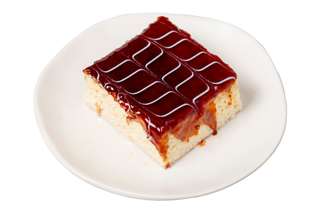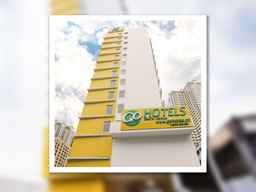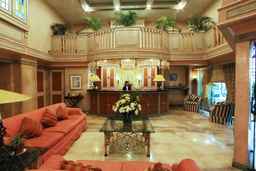


Manila
Asia
/
Philippines
/
Manila
Manila, the vibrant capital of the Philippines, blends centuries-old Spanish colonial heritage with modern Southeast Asian vitality. Located on the east coast of Manila Bay, Manila enjoys a tropical climate characterized by warm temperatures year-round and distinct wet (June-November) and dry (December-May) seasons.
Known for its pulsating energy, Manila promises a memorable encounter with friendly locals known for their hospitality. The city's culture is a unique combination of Asian, Spanish, and American influences that are palpable in its architecture and cuisine. While Tagalog is the primary local language, most residents are proficient in English, making the city easily navigable for international visitors.
The striking contrasts of Manila set itself apart; gleaming skyscrapers share the skyline with historic Spanish colonial churches, and traditional markets thrive in the vicinity of sprawling shopping malls. The city's food scene offers culinary gems like sizzling sisig, comforting adobo, and, for the thrill-seeking foodie, the infamous balut.
Discover the past at Intramuros, the walled city within the city, home to significant landmarks such as Fort Santiago and San Agustin Church. For a dose of Manila's contemporary culture, head to Bonifacio Global City (BGC) to explore its progressive art spaces and lively nightlife. Don't miss the breathtaking sunset views along Manila Bay's famed baywalk, which are unparalleled and absolutely complimentary.

Get to Know Manila
Take a tour of this destination's highlights
Popular Areas in Manila
Inspiring Reads on Manila

Travel Tips for Manila
What you need to know before traveling here
Getting Around Manila
A guide to Manila's local transportation
The MRT operates from 5:30 AM to 10:30 PM. Purchase a stored-value card at any station for more efficient rides. Despite its reliability and air conditioning, prepare for crowded trains during peak hours (7-9 AM, 5-7 PM).
Practical Tips for Manila
Things to prepare and best way to visit
As with any global city, ensure standard precautionary measures. Stay in well-lit areas, safeguard valuables, and use official modes of transport. While tourist areas are generally secure, be particularly cautious in crowded locations.
Grab is the most dependable option. Although airport taxis are safe, they can be relatively pricier. There are airport bus services to major hotels; however, rush hour traffic can lead to slower movements.
While most establishments accept card payments, it's advisable to carry cash for transactions at local markets, public transportation, and smaller establishments. ATMs are readily accessible in shopping malls and banks.
Tipping is not mandatory but is appreciated. At restaurants where a service charge isn't included, a tip of 10% is standard. For taxi fares, rounding up the fare is common practice.
The period from December to February offers the most pleasant climate with lesser rain and lower humidity levels. If possible, avoid visiting during the rainy season (June-November).
See All Practical Tips for Manila

Explore Manila
Create your itinerary with our top picks below
Set off your journey to Manila
Plan smart & save big! Use discount code BISAYUK only for you

Flights

Hotels

Xperience

Get to Know Manila

Travel Tips for Manila

Explore Manila
More Destination Near Manila






























































 Facebook
Facebook Instagram
Instagram TikTok
TikTok Youtube
Youtube Telegram
Telegram
